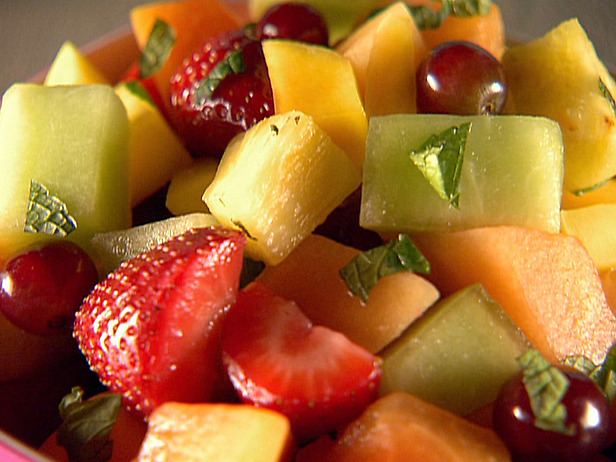This weeks are word is: imagination. According to Schirrmacher and Fox (2009) imagination is forming a mental image that is perceived as unreal, in which children can use during play, such as dramatic play. I believe this is the perfect word for this assignment. Children use creative thinking to have their objects come to life. The way the children choose the objects' personality, likes and dislikes I believe is using their imagination in a creative way.
I find this activity a great way for children to enhance their imagination. When I was younger, I enjoyed bringing objects to life and it would give me a way to express myself. I feel that having children doing activities such as this one, can give them the opportunity to express what they are feeling. It can be included into the classroom routine, have each child bring in a stuffed animal or an object and have them bring them to life. It would be interesting to see what each individual child comes up with! There are many ways in which teachers can bring in the idea of pretend play and magical thinking, and this activity is definitely a way.
Schirrmacher, R., & Fox, J.E. (2009). Art and creative development for young children (6th Ed.). Belmont, CA: Delmar.







